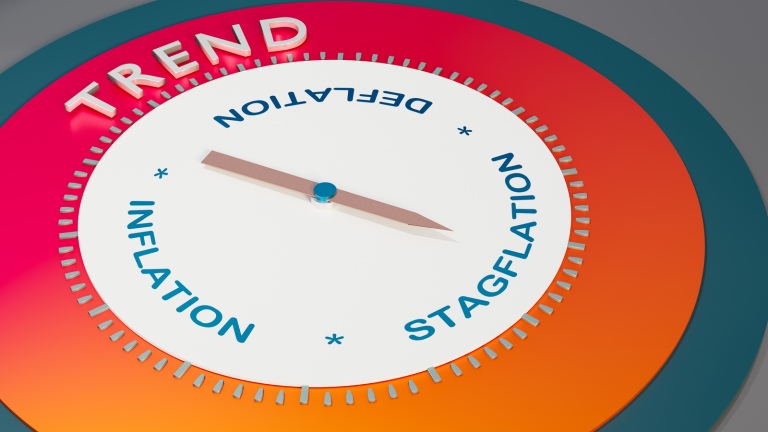All of us have been hearing a lot about inflation, which is the rise in the prices of products and services over time. But do investors know about stagflation? While many people think stagflation is inevitable, I think it is too soon to speak. Let us dig deeper into the differences between stagflation and inflation.
What Is Inflation?
There is much more to inflation than the rise in prices of goods and services. The major cause of it is the demand for goods and services exceeding the supply. It also occurs when the supply of money grows faster than the gross domestic product. Recently, the oil spike after Russia’s invasion of Ukraine led to high inflation.
Retirees and individuals who earn a fixed income are most negatively impacted by inflation. That said, those holding long-term bonds and flexible-rate mortgage holders are also highly impacted. Inflation can last for years and to some extent, it is almost an ever-present phenomenon in most countries.
What Is Stagflation?
Stagflation is the simultaneous occurrence of inflation and stagnation in the economy. It is a situation of rising prices of products and services, high employment, and high-interest rates with no economic growth. High inflation in stagflation is accompanied by an aggressive monetary policy by the Federal Reserve (Fed) and this stagnates or slows the economy. It is a period where employees risk losing jobs and businesses suffer due to high input prices and reductions in sales. It usually lasts a few months or quarters and not years.
Differences Between Stagflation and Inflation
There are subtle but important differences between inflation and stagflation. Inflation is the rise in prices of goods and services in the economy with time. When there is low or steady inflation, it is associated with a healthy interest rate, low unemployment, and a mixed environment for investment securities. When inflation sets in, your money doesn’t go too far.
In contrast, stagflation is a period known for high inflation, slow or no economic growth, and high unemployment. There is a negative investing environment since the higher output prices are combined with lower sales and they translate to low earnings per share for companies. In the worst-case scenario, it can lead to runaway inflation, which is known as hyperinflation.
Inflation leads to high economic growth and employment while stagflation slows down growth and leads to high unemployment.
The Bottom Line
As inflation concerns loom over the economy, there are more worries about recession or possible stagflation. Inflation is a steady rise in the price of goods and stagflation occurs when the supply of money is expanding but supply remains restricted. It is a time of high inflation, high unemployment, high-interest rates, and minimal economic growth. This is when the purchasing power of money becomes low and corporate earnings decrease, which could also lead to a drop in stock prices.
The danger of stagflation is certain today and the best way to handle it is to raise the interest rates high enough to cut down on consumer demand. The Fed has already increased the target interest rate twice, which is currently impacting the economy.
On the date of publication, Vandita Jadeja did not have (either directly or indirectly) any positions in the securities mentioned in this article. The opinions expressed in this article are those of the writer, subject to the InvestorPlace.com Publishing Guidelines.

